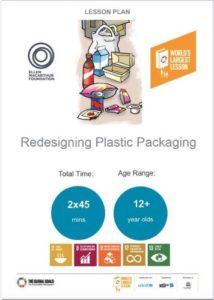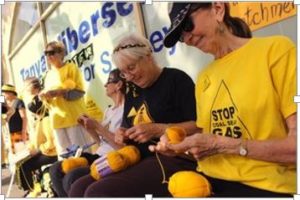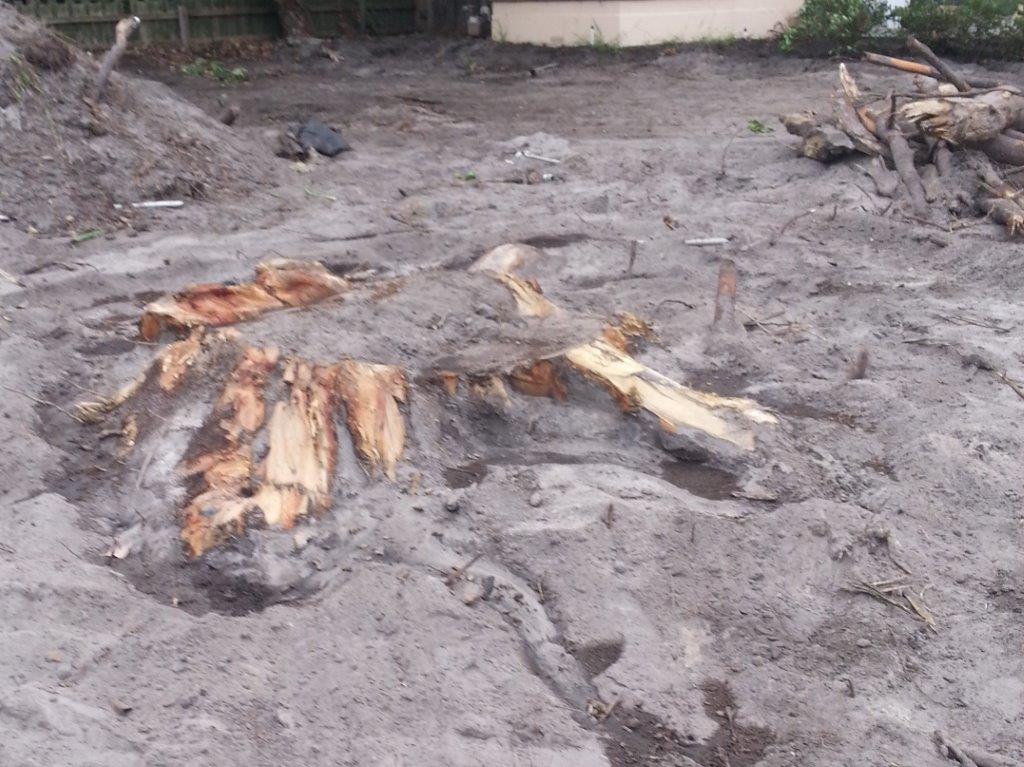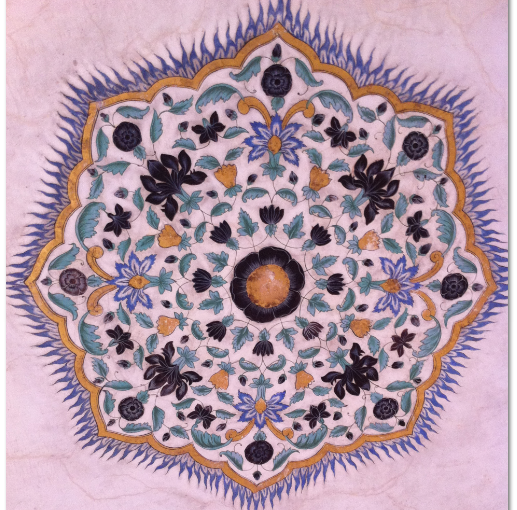Kids
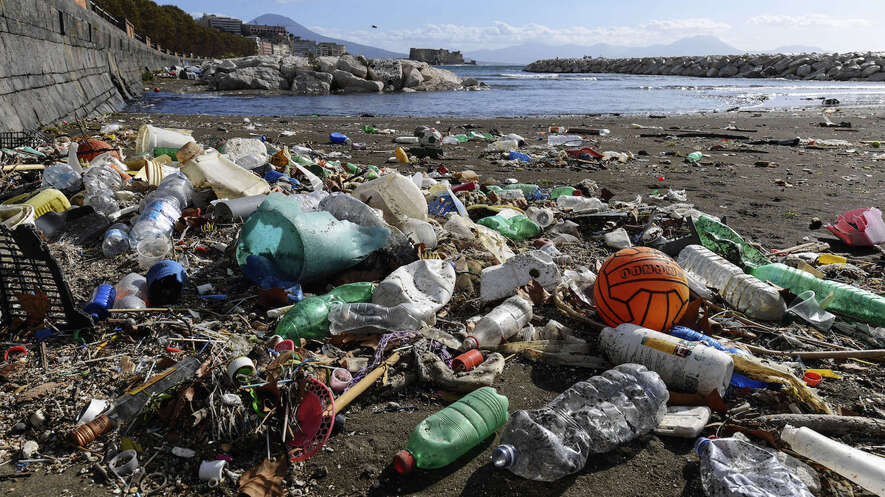
We hold great hope that this summer we will exercise more, holiday close to home, save money, and learn new skills. This summer, enlist your family or friends in a group resolution: to reduce your single-use plastic waste.
Think of it as a resolution to shed some kilos. Scientists estimate that some 8 billion kilograms of plastic waste flows into the oceans every year. And as passionate planet protectors eager to find a tangible way to help save the planet, kids are likely to stick to this resolution.
Here are three ways to resolve to use less plastic as a family.
Have More Fun
Planning a birthday party or holiday celebration? Resolve to have a plastic-free party.
Unleash your creativity on decoration duty. Replace balloons with cut-out paper decorations like bunting, streamers and confetti. Marine animals can mistake balloons for food. If you were planning to celebrate with glitter, consider purchasing a natural option made of eucalyptus plants. Glitter is, unfortunately, just pieces of plastic.
Eat Healthier
Resolving to shop smarter is healthier for you and the planet.
Try to avoid snacks that come wrapped in individual plastic. Instead, grab popcorn kernels and banana chips from the bulk section of the store. Shop with reusable bags for whole fruits and vegetables. Grab some canned beans and fill a bring-your-own container with a grain (like couscous or brown rice) from the bulk section.
Back at home, families can cook a meal free from single-use plastic. If fish is on the menu, use an online guide like Seafood Watch that takes into account the practices used to catch that type of fish, in order to cut down on the harm caused by abandoned fishing gear.
Save Money
We all want to resolve to spend less money, and plastic is a great place to start. Host a toy swap with your friends instead of purchasing brand-new items. And don’t forget about the plastic packaging that engulfs almost all items that you purchase online — consider your plastic resolution when you want to shop online.
Get creative! Think of ways to give old pieces of plastic a new job (and avoid buying a new item), like using newspaper sleeves to pick up pet poo.
Can you think of more ways to reduce single use plastic?
with thanks to Allyson Shaw, National Geographic Text

